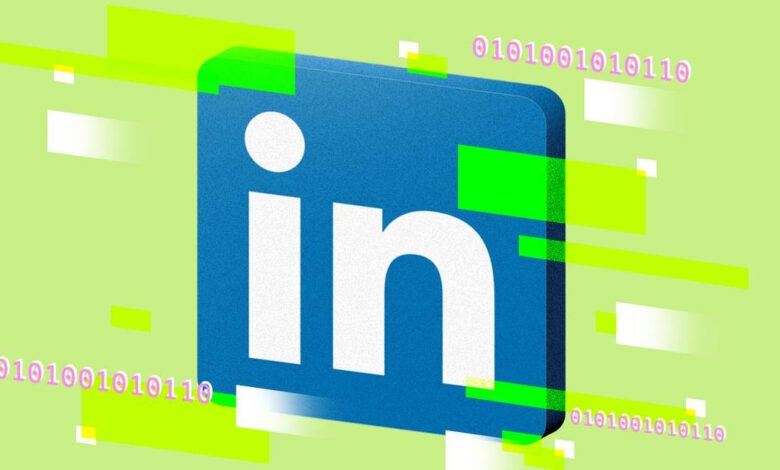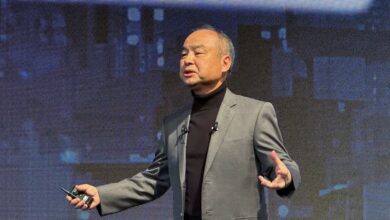A look under the hood of LinkedIn’s many new AI tools

There are a lot more AI entities attempting to join your professional network on LinkedIn these days.
From conversational tools for recruiters to newly announced AI-augmented learning features, the Microsoft-owned jobs platform is taking full advantage of its parent company’s AI resources. This week, LinkedIn said it will make its various AI tools generally available to its Premium subscribers.
The rollout comes at a time when it seems like one can’t navigate any online platform without stumbling upon an AI feature freshly jammed into it. Big Tech companies like Meta, Amazon, and Microsoft are all attempting to suss out where the latest wave of generative AI might best play a role in user experience.
But LinkedIn VP of Engineering Prashanthi Padmanabhan told us she sees this latest wave of generative models as an extension of AI that has already governed the updates feed, personalized guidance, and other parts of LinkedIn’s platform in the background for years.
Perhaps more so than other social platforms, LinkedIn users tend to have clearly defined roles—job seeker, recruiter, marketer—and goals for their usage. Padmanabhan said LinkedIn is looking to add generative AI strategically in places that help save time on achieving those objectives, often through written communication or profile enhancement. “Those are the places where I think this technology is becoming very, very handy for us,” she said.
Secret agents: To manage the many hats that LinkedIn’s AI wears, the company has developed a system of behind-the-scenes agents, or generative AI tools, that can perform tasks beyond simple chatbots. It taps a system called retrieval-augmented generation (RAG) to evaluate a user query and route it to one of these agents, which include models dedicated to “job assessment,” “company understanding,” and “takeaways for posts.”
Padmanabhan said the agents-based system and the RAG pipeline can help to add context to, say, a draft message from a recruiter to a job seeker by pulling information from each of their profiles and skills.
Keep up with the innovative tech transforming business
Tech Brew keeps business leaders up-to-date on the latest innovations, automation advances, policy shifts, and more, so they can make informed decisions about tech.
“We want to make sure that this agent that is acting behind the scenes, which is essentially a model, it takes this information that is contextual to this job seeker and this recruiter, and it’s actually making sure that this message it’s going to produce as a draft message for you is personalized for that interaction,” Padmanabhan said.
Tweak tally: Once LinkedIn has served up a draft message, Padmanabhan said the platform encourages users to review and edit it. The company then measures a stat called “edit distance,” which collects data around how much the user tweaks the message from the AI-produced draft before they send it off. Padmanabhan said this information is used to tune the system.
“In the generative AI space, you can sort of get that first 80% right very quickly. It’s that last 20%, it’s the last mile that actually takes a lot of iteration,” she said. “Using a combination of both human reviews and member feedback is what’s guardrailing this experience.”
Anyone who’s recently had a search engine advise them to add glue to their pizza knows how wonky generative AI responses can be without appropriate guardrails. That review process will be especially important as LinkedIn begins pushing AI into its LinkedIn Learning offering as of this week with help from some of the course instructors on the platform, who can now earn royalties based on usage.
“The more this technology becomes powerful, and it gets better in how to control hallucinations and how to improve accuracy of response, it’s just going to open up a lot of avenues for us,” Padmanabhan said.



